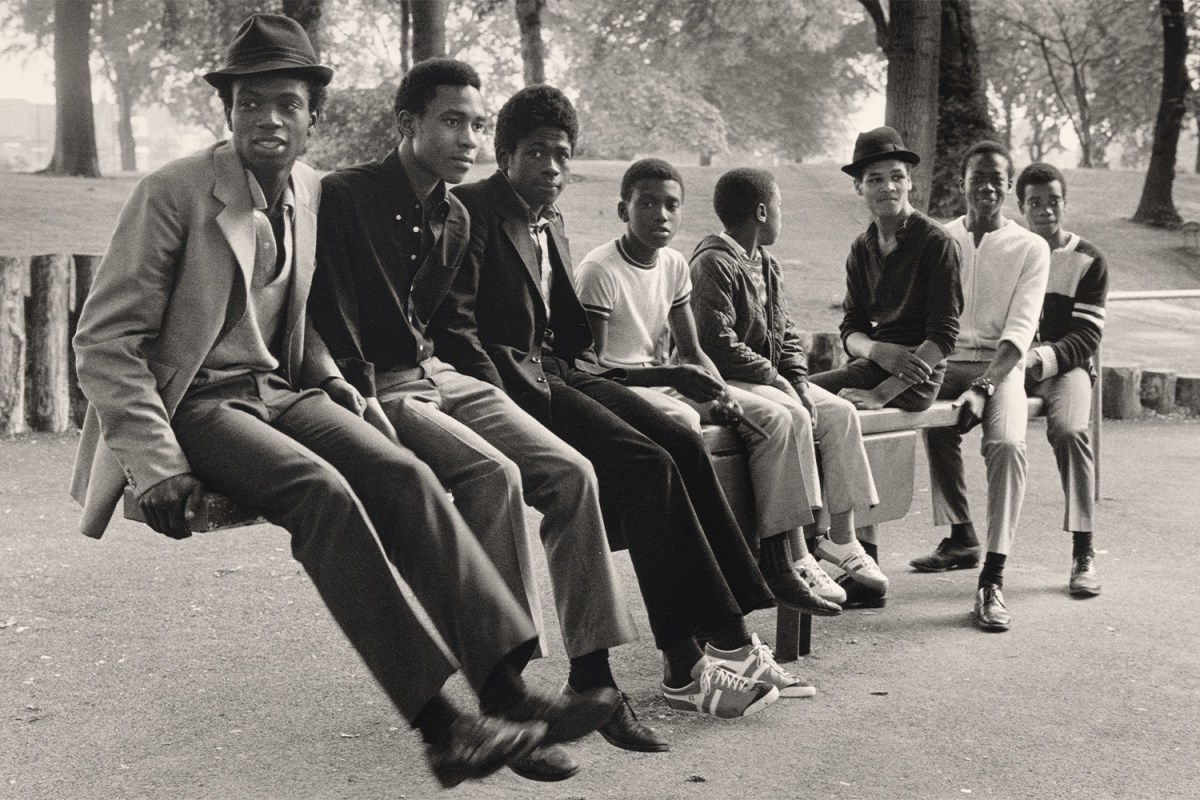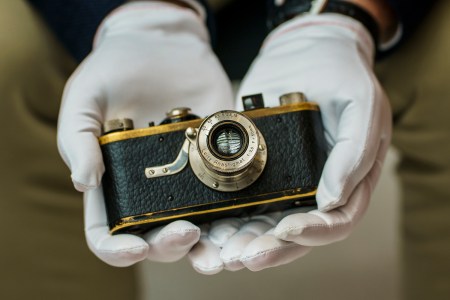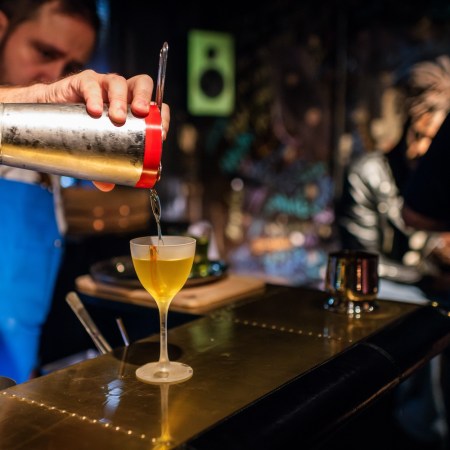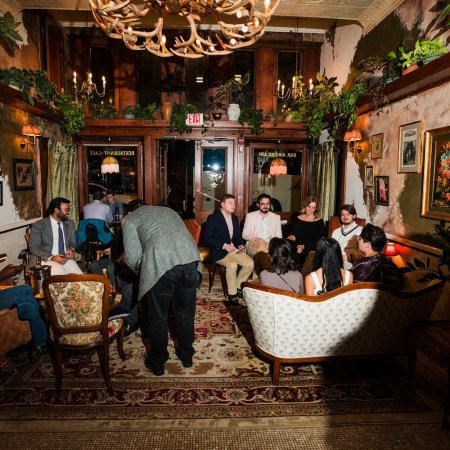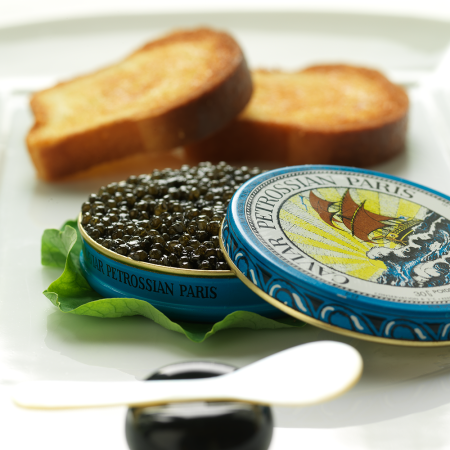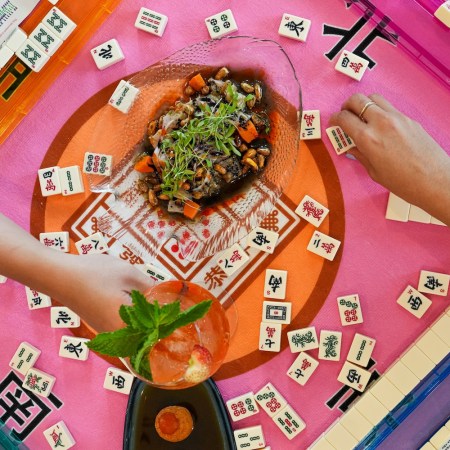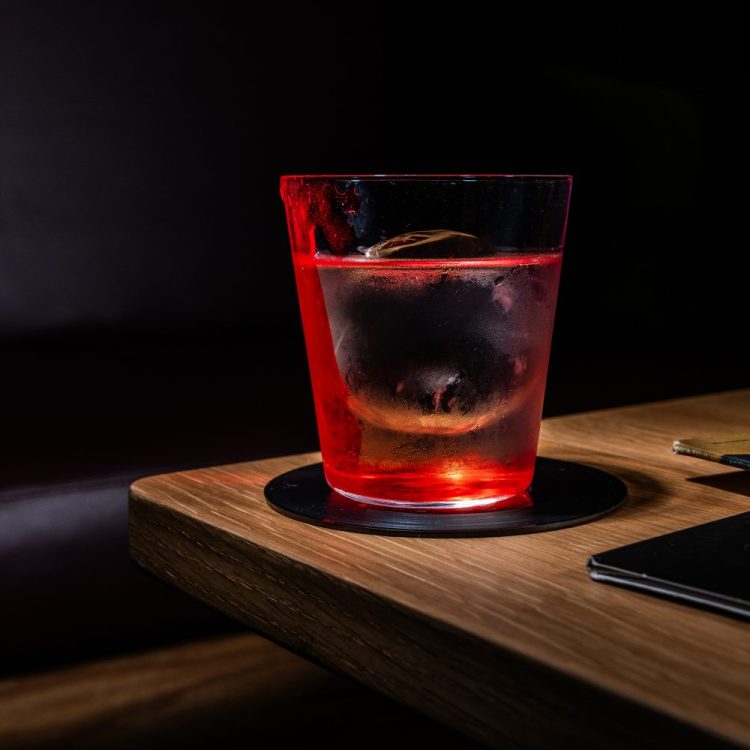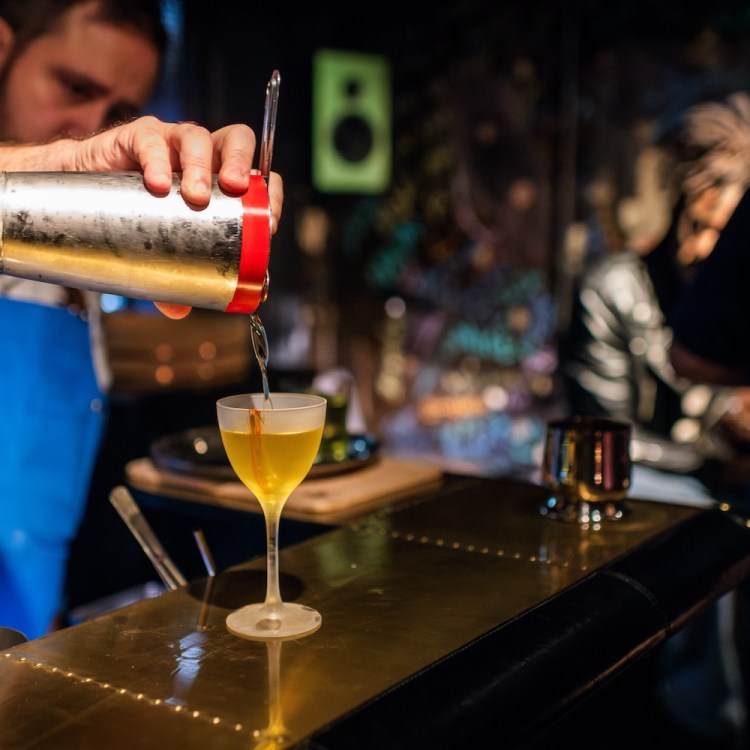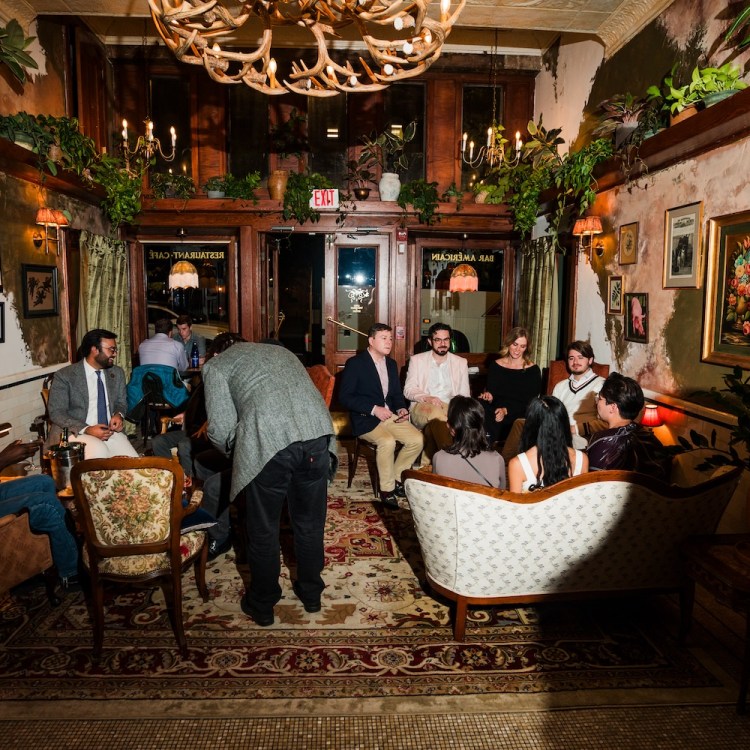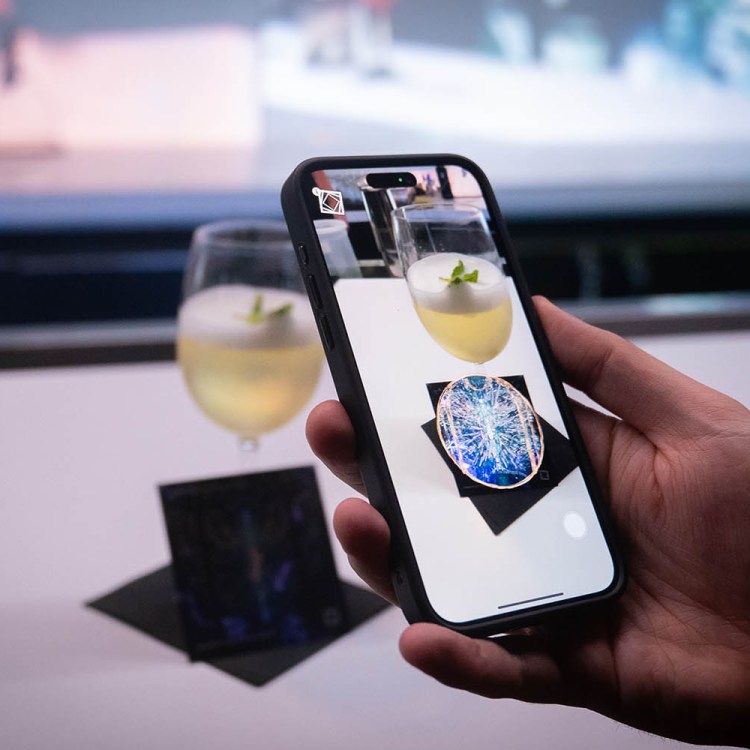From the days of Empire to Brexit, Britain has long grappled with its identity. Yet, thanks to such popular imports as The Crown, plenty of outsiders still see it through rose-colored glasses worthy of Carnaby Street, circa 1966. While the early punk scene, of course, offered a gritty alternative to the romance of stately homes and high tea, anyone living outside of Margaret Thatcher’s world might have failed to appreciate the rebellion embedded in the music. But Johnny Rotten wasn’t the only one taking the pulse of a troubled land and giving the establishment the finger.
With the Swinging ‘60s almost a distant memory, a slew of socially conscious photographers turned their cameras on the real and raw, from council flats in troubled cities to idled factories in the countryside. While much of what they shot stands as a critique of Thatcher’s Toryism, other images captured the bonds of family and newly empowered communities. The range of that work can now be seen at Washington’s National Gallery in This Is Britain: Photographs from the 1970s and 1980s. Featuring 45 new prints added to the museum’s collection — including photographs by Vanley Burke, Pogus Caesar, Anna Fox, Paul Graham and Martin Parr — the show is on view through June 11. Kara Felt, Assistant Curator of Art at the Denver Botanic Gardens — who organized the exhibition with the assistance of Diane Waggoner, Curator of Photographs, National Gallery of Art — presents her take on a few of the works on view.
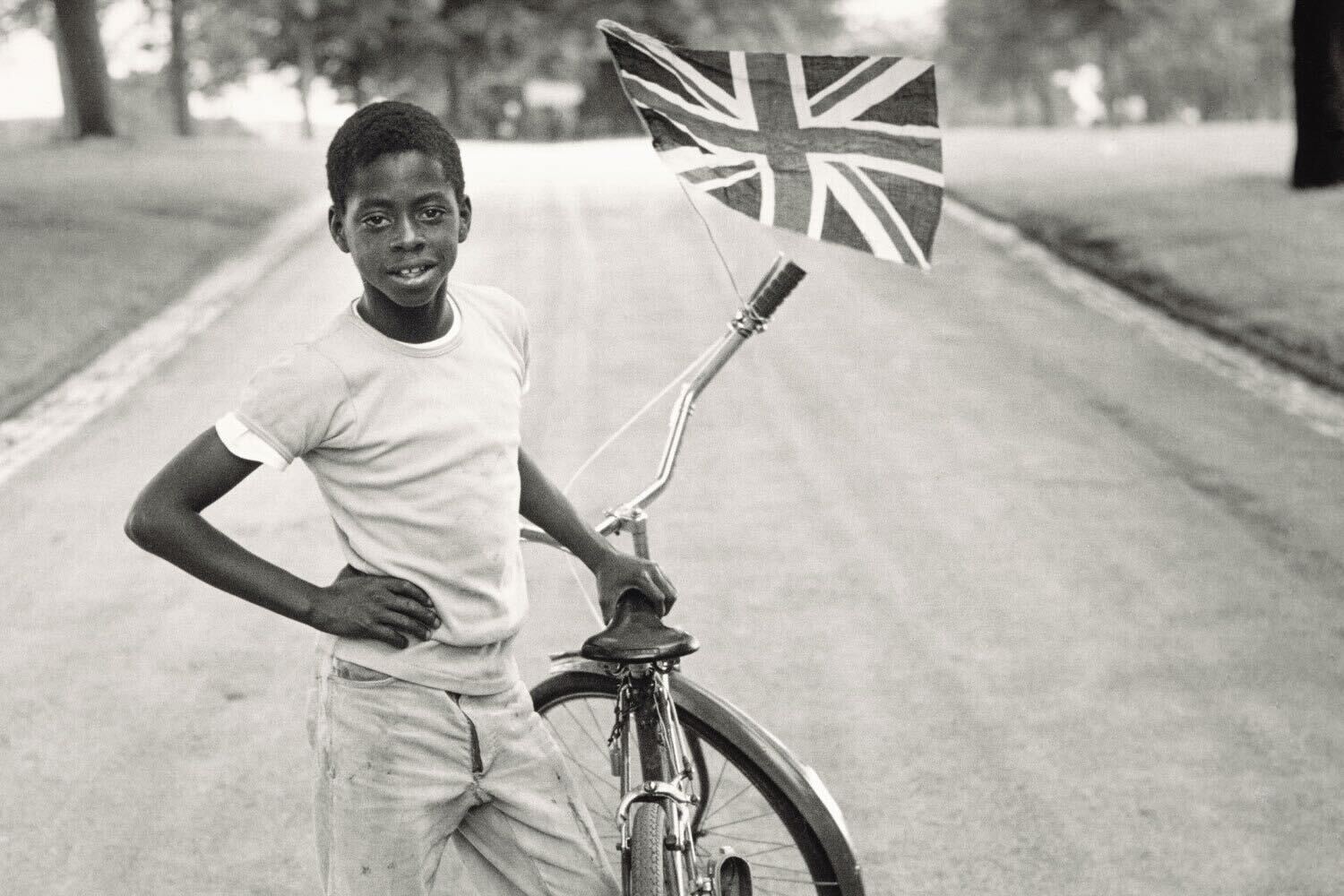
Vanley Burke, Boy with Flag, Winford Fagan in Handsworth Park, 1970, printed 2022: This is an iconic picture by Burke, a Jamaican-born photographer who has been one of the leading chroniclers of Black British life since the 1960s. Burke often focuses on the greater meanings of unspectacular moments, picturing Afro-Caribbean communities that were becoming more established in a country that was not always welcoming, and countering the sensationalism and negative stereotypes that were rife in the press. This picture of a boy in Birmingham’s Handsworth Park, proudly flying a Union Jack from his bike handles, evokes complex questions of identity and belonging.
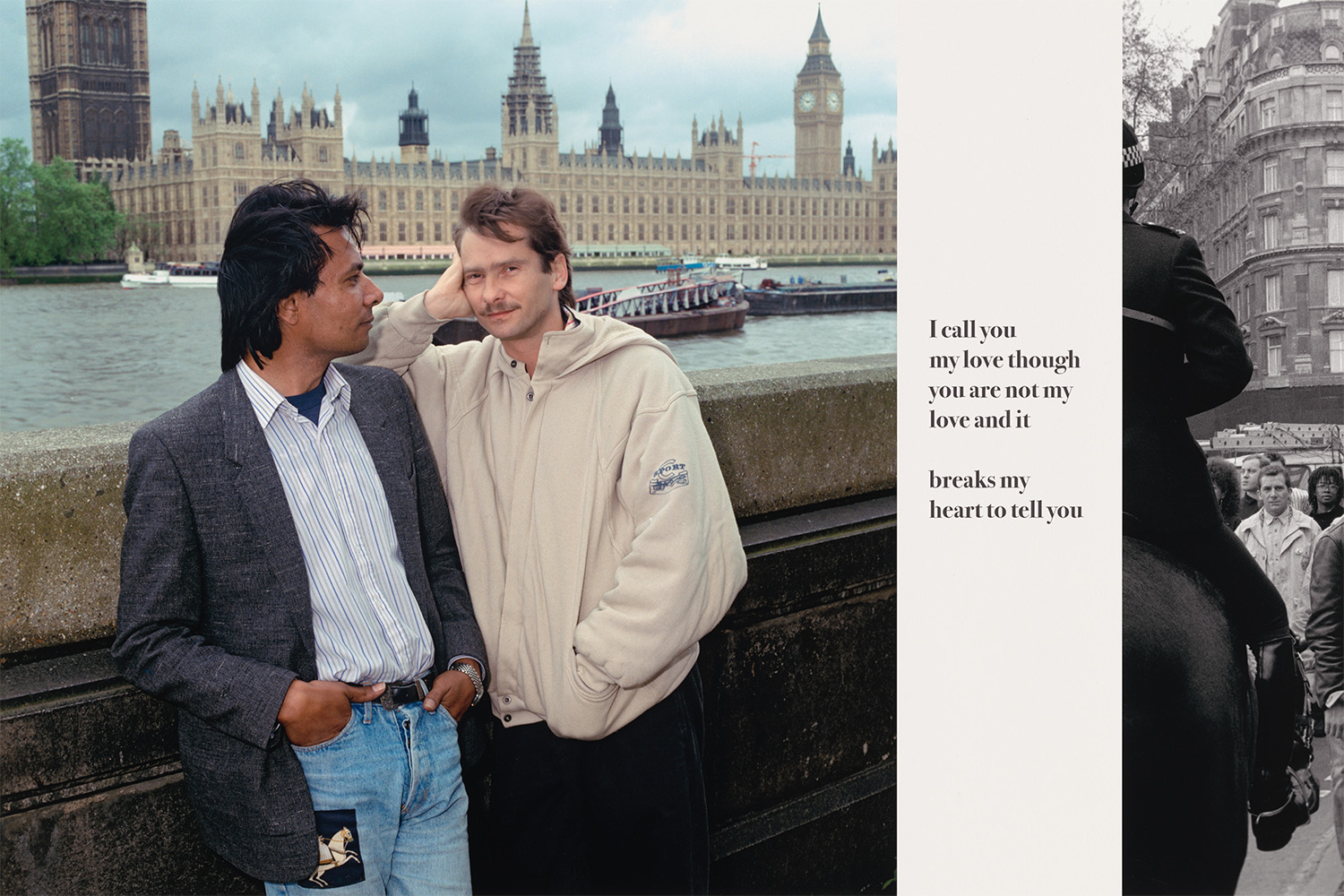
Sunil Gupta, Untitled #1 from the series “Pretended” Family Relationships, 1988, printed 2020: In 1988, Gupta created his series ‘Pretended’ Family Relationships after the introduction of Section 28, legislation that prohibited promoting “the acceptability of homosexuality as a pretended family relationship.” Turning this language and idea on its head, Gupta played with the notion of pretending. Each work in the series includes a color portrait of a gay, often interracial couple — some were together in real life, while others were posed — paired with a black-and-white photograph made at demonstrations against Section 28 with poetry written by Gupta’s partner at the time. His work not only showed the humanity of gay and lesbian relationships, often between people of color, but also tied private connections to the public arena.
How Leica Made It to 100: Gold-Standard Cameras and the “Human Eye”
As the German camera masters celebrate their centennial, we look back at the beginnings of the brand and the anniversary gear they’re rolling out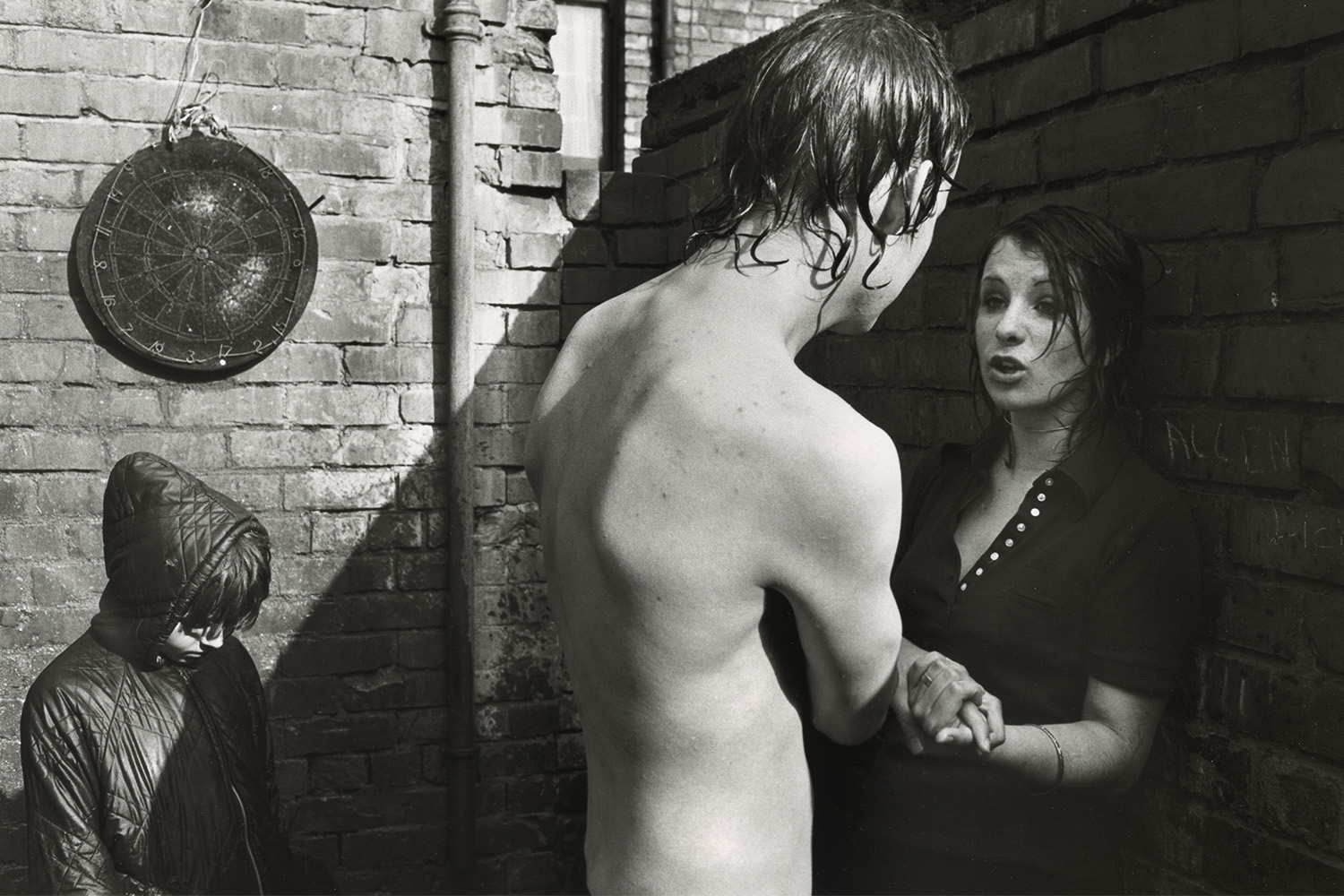
Sirkka-Liisa Konttinen, Young Couple in a Backyard on a Summer’s Day, 1975, printed 2012: After moving to England in the 1960s, the Finnish photographer Kontinnen settled in Byker, a working-class neighborhood of Newcastle, from 1969 until 1975 and became close to the community. She did not realize until moving there that the place was, as she said, “condemned,” with the neighborhood’s Victorian terraced houses slated for demolition. Konttinen’s photograph of a tense, physical moment in a backyard captures the angst of people whose homes were falling victim to urban renewal efforts in the wake of deindustrialization.
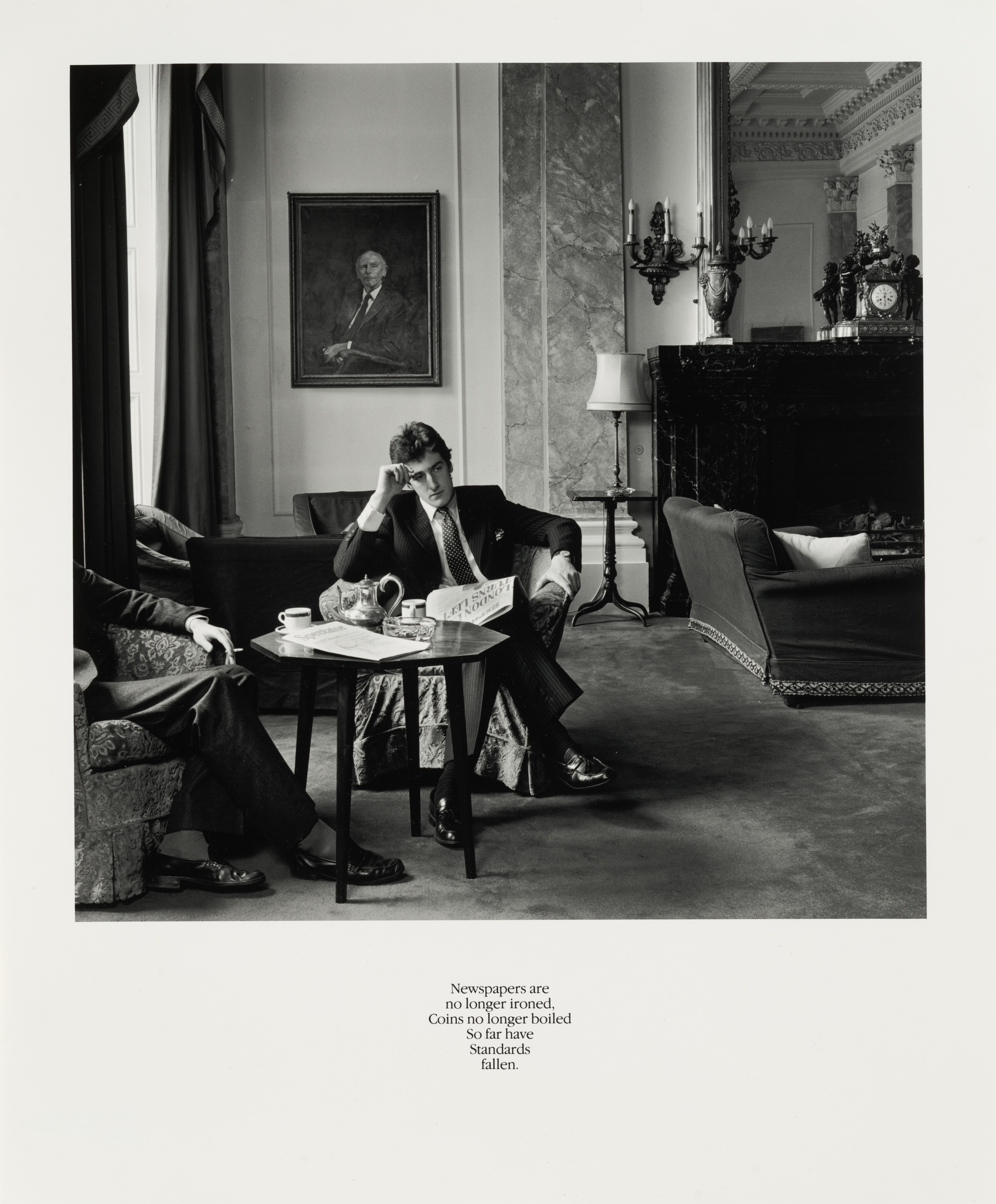
Karen Knorr, Newspapers are no longer ironed, Coins no longer boiled So far have Standards Fallen, from the series “Gentlemen”, 1981-1983, printed 2015: An American born in Germany and raised in Puerto Rico, Knorr grew fascinated by English Establishment values. For her series “Gentlemen,” Knorr gained access to London’s exclusive upper-class men’s clubs to examine power and patriarchy, pairing staged photographs featuring club members, employees and friends with text she wrote inspired by news reports and Parliamentary speeches. Here, a crestfallen man in a regal interior broods over a newspaper headline proclaiming “London Turns Left”; Knorr’s caption states: “Newspapers are no longer ironed, coins no longer boiled so far have standards fallen.” As Knorr has explained of her posed, carefully framed works with invented captions, “I have always said the work is fiction based on fact — constructed documentary based on contemporary facts and ideas.”
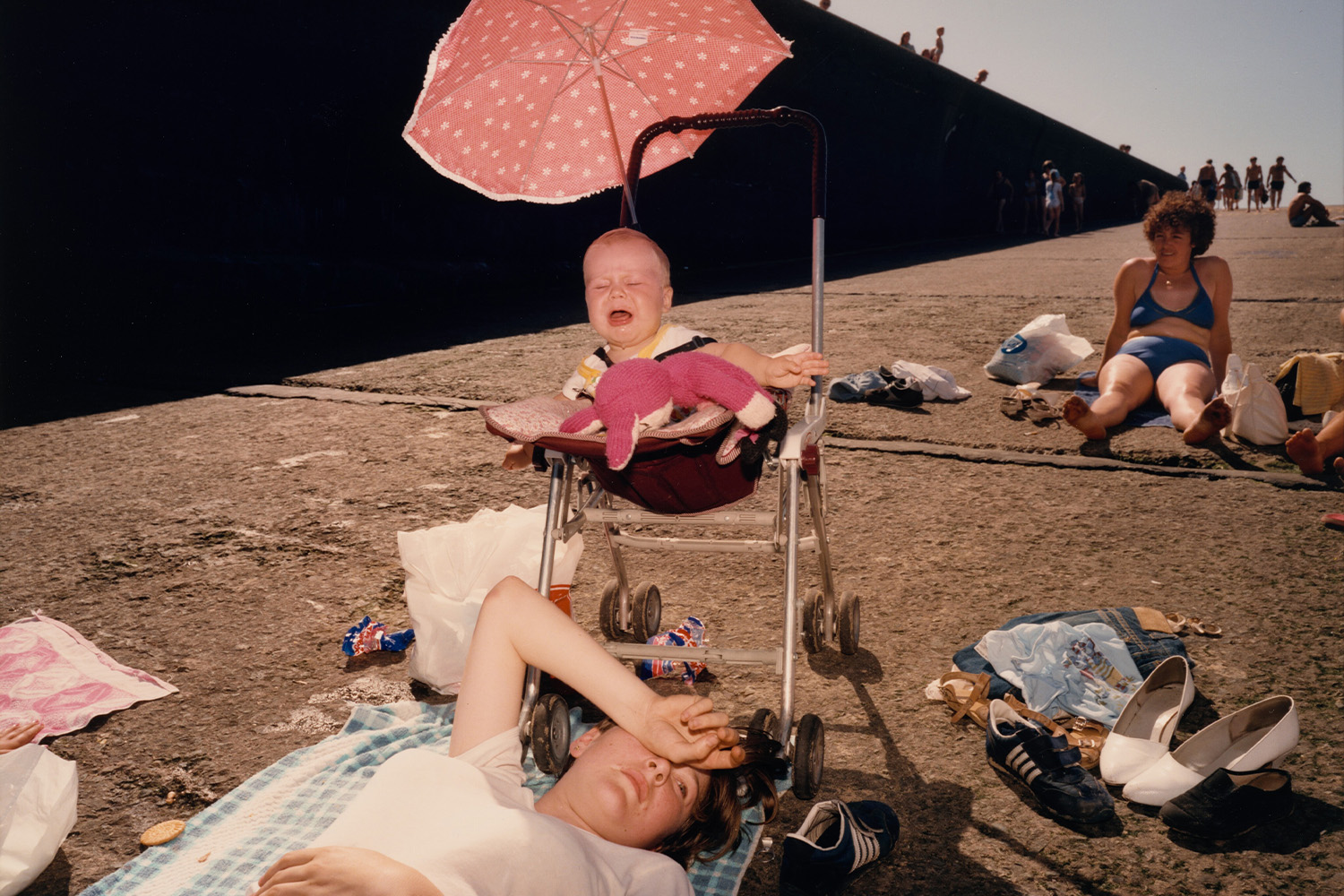
Martin Parr, New Brighton, Merseyside from the series “The Last Resort”, 1984: Arguably Britain’s most influential living photographer, Martin Parr has used his camera to explore British national character, customs and class identities since the 1970s. In his series “The Last Resort” — a watershed in color photography — he shared his amusement at the fact that leisure and consumerism were on the rise despite high unemployment. Over three unusually hot summers, Parr focused on seaside tourists on holiday amid litter, junk food and concrete in New Brighton near Liverpool.
This article was featured in the InsideHook DC newsletter. Sign up now for more from the Beltway.
